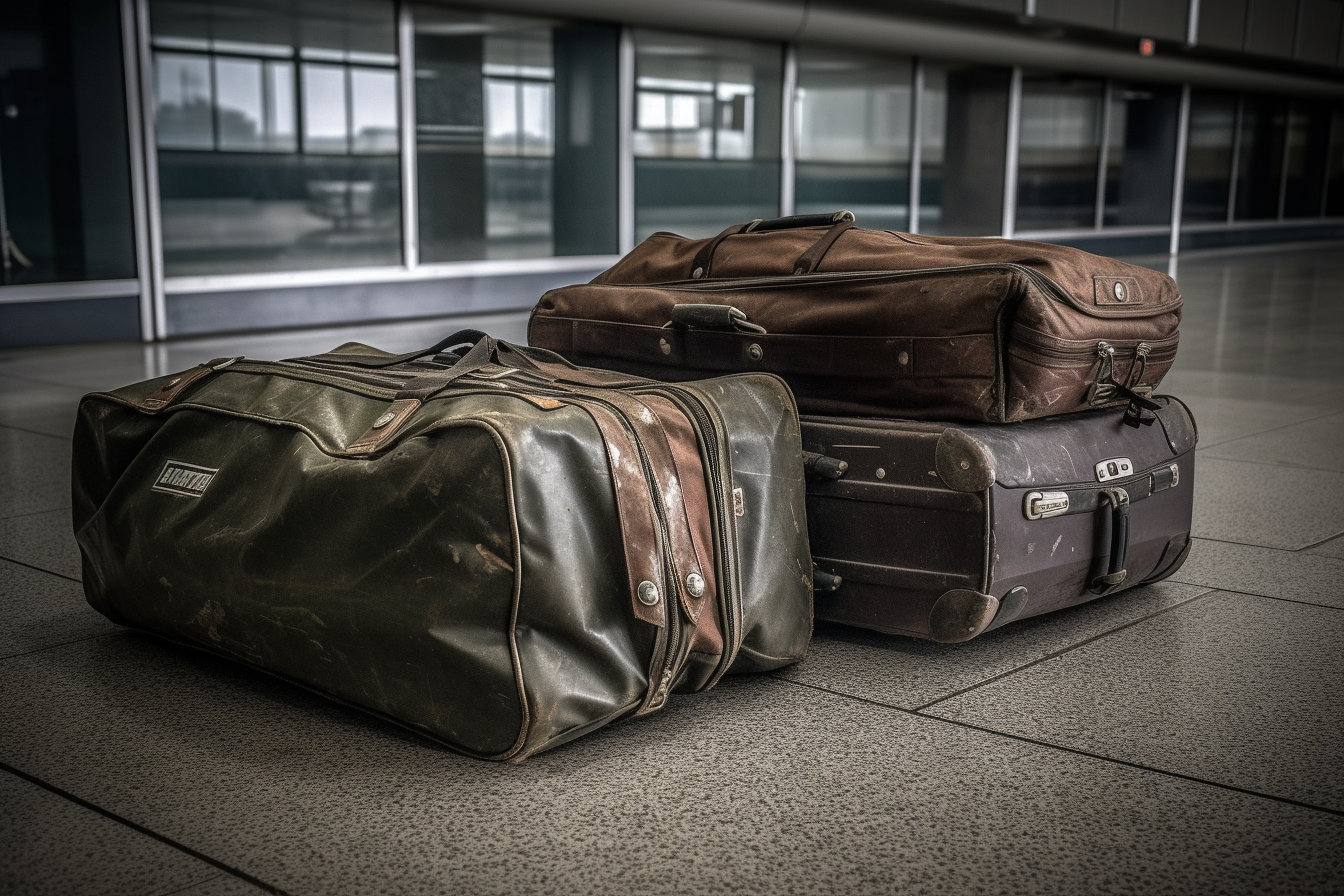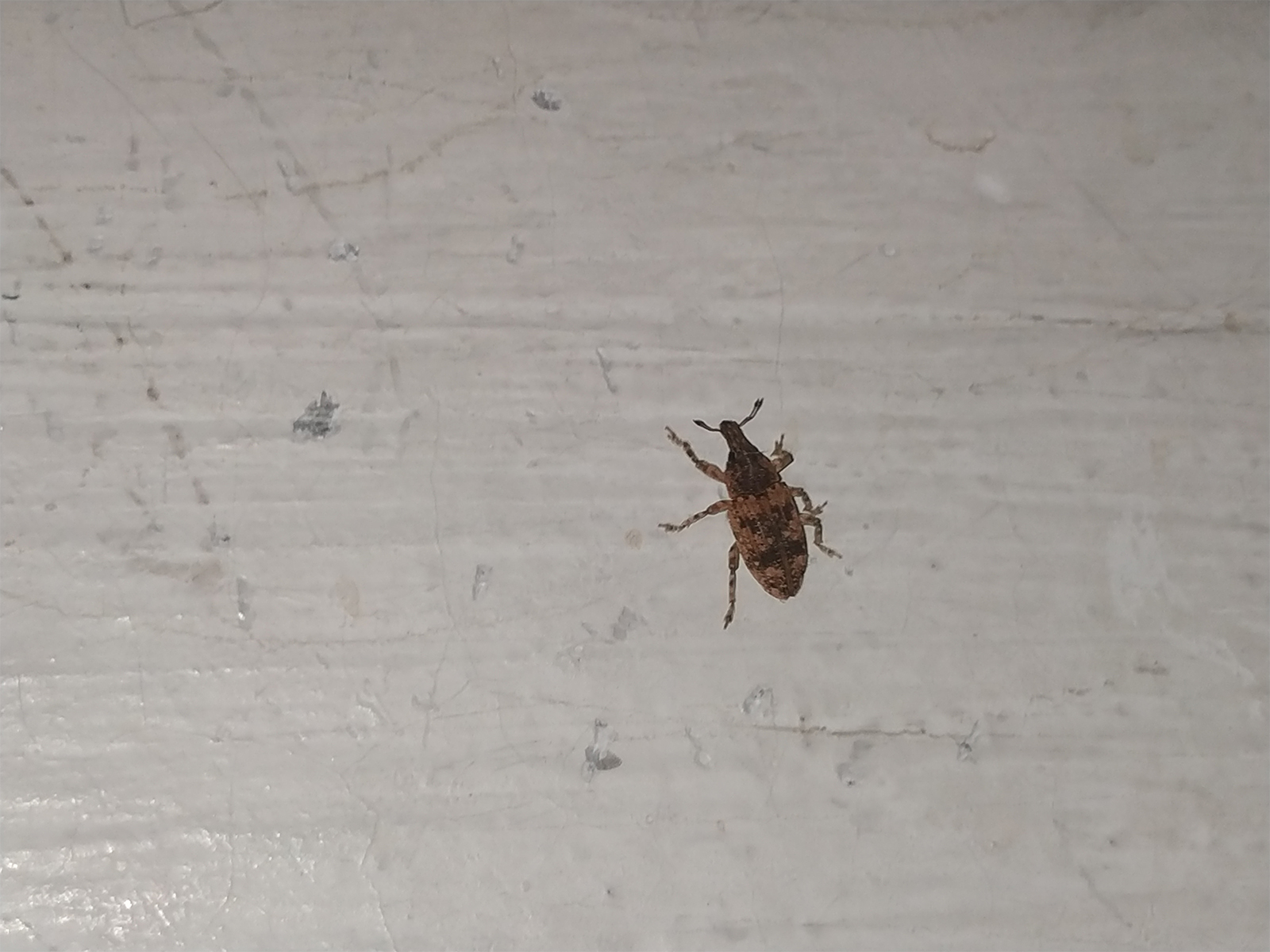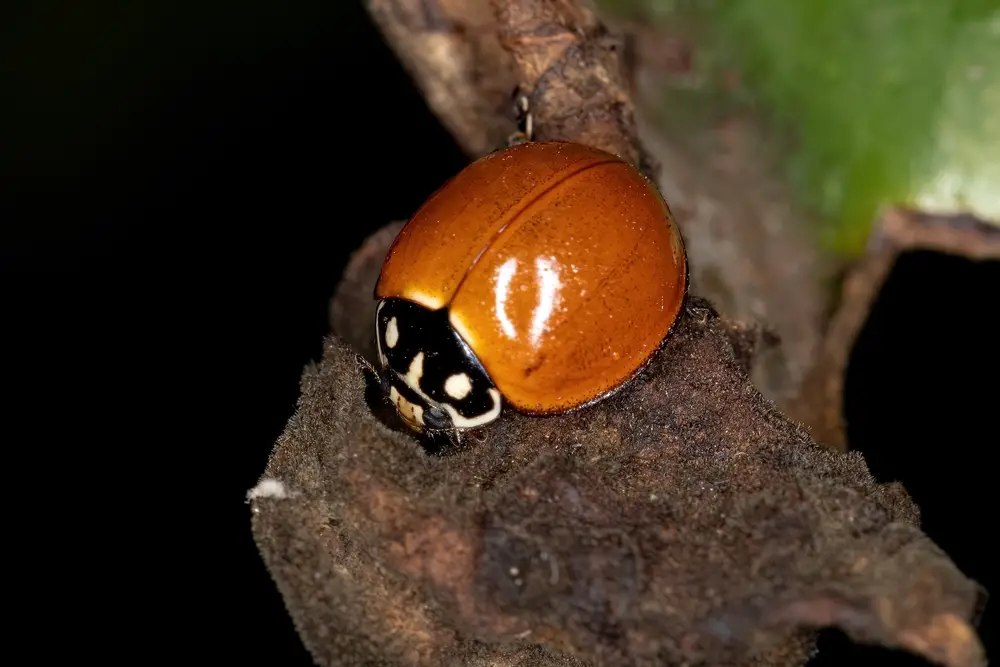
As a frequent traveler, I often wonder about the possibility of bringing unwanted guests along with me, especially to places that might be vulnerable to specific types of insect. While we may not always see them, carpet beetles may find their way into our homes and belongings, becoming inadvertent stowaways in the process!
Carpet beetles can indeed travel with us because their larvae can breed in fabric like clothes, carpets, and furniture. They can hitch a ride in our luggage or spread through infested secondhand items such as furniture, carpets, rugs, and curtains.
Understanding the habits of carpet beetles is crucial in preventing them from traveling with us and infesting new locations.
Carpet Beetles Overview
If you’re looking to prevent carpet beetles joining you on your holiday, it’s crucial to understand their species, characteristics, and life cycle. These tiny insects can cause significant damage to our belongings and can travel with us without us even realizing it.
Species and Characteristics
There are several common species of carpet beetles that we might encounter. Some of them include the varied carpet beetle, the black carpet beetle, and the furniture carpet beetle. These beetles can range in size from 2 to 5 millimeters and may have a variety of colors and patterns on their bodies, such as black, white, tan, and mottled patterns. They possess oval-shaped bodies and have fine hairs on their undersides.
Carpet beetles can be found in various areas of our homes, including carpets, clothing, and furniture. They are attracted to natural fibers, which serve as their primary food source. Thus, they can be quite destructive, causing damage to clothing, upholstery, and carpets by feeding on these materials.
Life Cycle
Understanding the life cycle of carpet beetles provides insights into eradicating and preventing their infestations. They undergo a complete metamorphosis, which includes the egg, larva, pupa, and adult stages.
Carpet beetle eggs are white or cream in color and less than 1mm long. Adult females can lay more than 100 eggs at once, which take between 10 days and a month to hatch. The hatched larvae, also known as ‘woolly bears’, are larger than the adult beetles and are responsible for the damage done to our belongings. They feed on natural fibers and can cause significant damage during their development, which lasts several months to a couple of years, depending on environmental conditions.

After the larvae finish feeding and growing, they enter the pupal stage, where they transform into adult beetles. The adults are mostly harmless and do not cause damage to our belongings. Instead, their primary focus is on mating and laying eggs to continue the life cycle.
In conclusion, knowing the characteristics and life cycle of carpet beetles is essential for dealing with these pests effectively. By understanding their habits and preferences, we can take the necessary steps to prevent them from infesting our homes, traveling with us, and causing damage to our precious belongings.
Carpet Beetles and Travel
As someone who often travels, I’ve had my fair share of encounters with various pests. One of these causes for concern is the carpet beetle. It is important to understand how carpet beetles can travel with us, infesting our belongings and the accommodations in which we stay.
Hitchhiking on Luggage and Clothing
Carpet beetles can hitch a ride on our luggage and clothing. Their larvae can breed in various fabrics materials without us even noticing, as mentioned by Earthlife. I’ve learned that while packing (especially in your preparations to head back home) it pays to inspect all clothing and luggage for any signs of these pests. If infestation is suspected, heat treatment or washing the affected items can help prevent their spread.
Additionally, carpet beetles can also travel by latching onto secondhand furniture or home items such as carpets, rugs, and curtains. Therefore, always double-check any used items before bringing them into your home.
Staying in Hotels and Other Accommodations
When staying in hotels or other accommodations, there is a possibility of encountering carpet beetles. These pests can enter through gaps, cracks, or ducts in the room. To minimize the risk of an infestation, I make sure to inspect the room thoroughly upon arrival, especially around carpets and upholstered furniture.
Depending on your accommodation, it may also be wise to take preventive measures like storing my clothes in airtight bags and sealing any cracks or gaps in the room. Additionally, keeping the room clean and free of clutter can help minimize the chances of carpet beetles finding a suitable breeding ground.
Being aware of the ways carpet beetles can travel with us and taking preventive measures can help minimize the risk of infestations during our travels.

Preventing Carpet Beetles During Travel
I shouldn’t need to convince you of the importance of preventing carpet beetles from hitching a ride with you. Prevention starts long before you pack your suitcase, so bear in mind the following tips and tricks I’ve learned over the years.
Inspecting Your Luggage
Before packing, I always give my luggage a thorough inspection. This involves going over every nook and cranny to check for any signs of carpet beetle infestation, such as larvae or adult beetles. They can easily hide in seams, zippers, or cracks in the luggage. By thoroughly inspecting your luggage, you can rest easy knowing you’re not unintentionally transporting these pesky hitchhikers with you.
During your stays in hotels, take a few minutes to inspect the room furnishings, bedding, and closet for any signs of carpet beetles. This prevents them from entering your luggage while you’re traveling.
Using Sealable Bags
I’ve found that using sealable plastic bags for my clothes and personal belongings is an effective way to prevent insect incursion. Ensuring my items are sealed in airtight bags means that even if there are any unwanted intruders, they won’t be able to access my belongings. This method is particularly useful for protecting natural fiber materials, which carpet beetles are attracted to.
Laundry and Vacuuming Tips
Before leaving for a trip, I wash and dry my clothes to eliminate any potential carpet beetle larvae or eggs. As Healthline suggests, washing and dry cleaning clothing can help kill any eggs and remove odor, which may attract carpet beetles.
I also vacuum my suitcase both before and after my trip. When returning home, I make it a habit to vacuum the entire interior of my suitcase, and any items I picked up along the way. This ensures I don’t accidentally introduce carpet beetles into my home after a trip.
Managing Carpet Beetle Infestations
In this section, I will discuss how to manage carpet beetle infestations, including identifying an infestation, treatment options, and when to consider hiring a professional exterminator.
Identifying an Infestation
First, it’s important to be able to recognize the signs of a carpet beetle infestation. Carpet beetles can easily travel with me through infested clothes or home items like carpets and furniture. Common indicators of their presence may include:
- Visible adult beetles around windows and doors
- Small, irregular holes in fabrics and textiles
- Shed skins or tiny fecal pellets
If you have confirmed a carpet beetle infestation, you can then move on to considering your treatment options.
Treatment Options
To treat a carpet beetle infestation, I can apply various methods, such as:
- Vacuuming all fabric and upholstery regularly to remove larvae and eggs
- Washing or dry cleaning infested clothing, bedding, and other textiles
- Using insecticides containing deltamethrin, bifenthrin, or cyfluthrin on affected areas
- Sealing cracks and gaps around windows, doors, and floorboards to prevent future infestations
While these measures can help you manage an infestation, sometimes professional help might be necessary. When it doubt, go with the pros.
Hiring a Professional Exterminator
If your efforts to manage the carpet beetle infestation are unsuccessful (or you’re unsure) it might be time to hire a professional exterminator. An exterminator has access to more powerful insecticides and specialized equipment to effectively eliminate the infestation. Additionally, they can provide valuable tips for preventing future infestations in my home.
Conclusion
Carpet beetles can and will travel with us if given half a chance. These pests can hitch a ride in our luggage or infest our clothes, furniture, and other fabric items. As a result, it’s important to be aware of their presence and take preventive measures to stop their spread.
I discovered that heating and vacuuming all fabric items and disinfecting them can help prevent the spread of carpet beetles. In addition, I learned that these insects can also crawl through gaps, cracks, and ducts, which further highlights the importance of maintaining a clean and sealed living environment.
Moreover, it’s essential to understand that carpet beetles are attracted to natural materials containing keratin. Consequently, we must be cautious with the items we carry when traveling or moving between locations to avoid transporting these pests.
Finally, despite their potential for destruction, it’s important to remember that carpet beetles do not pose a direct threat to humans. They do not have mandibles or venom to cause harm. Nevertheless, by taking preventive measures, I can ensure that my home remains free from these unwanted hitchhikers and maintain a comfortable living space for myself and others.
Driven by a passion for those tiny creatures that rule our world, we at Bug Domain strive to be your go-to resource for information on insects.




